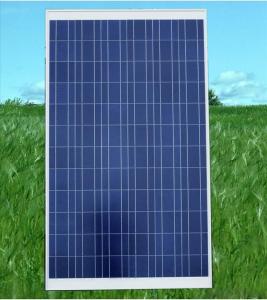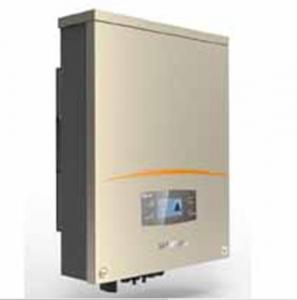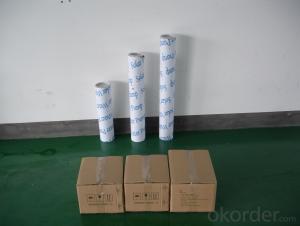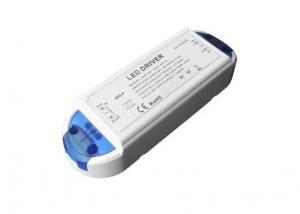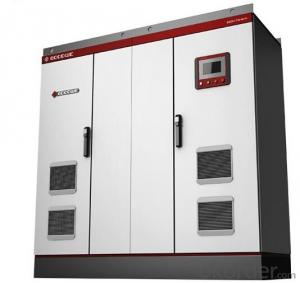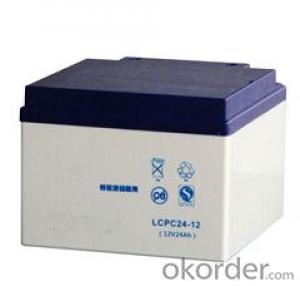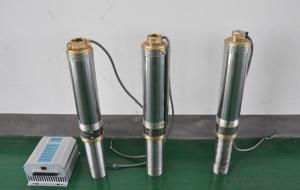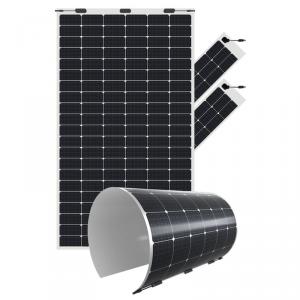24v Hybrid Solar Inverter
24v Hybrid Solar Inverter Related Searches
Hybrid Solar Inverter 24v 24 Volt Hybrid Solar Inverter 24v Solar Inverter Solar 24v Inverter 24v Inverter Solar 24 Volt Solar Inverter 24 Volt Solar Power Inverter Solar Power Inverter 24v 24 Volt Inverter Solar 24v Solar Inverter Charger 12v Hybrid Solar Inverter Best 24v Solar Inverter 240v Solar Inverter Hybrid Solar Inverter 48v 24 Volt Solar Inverter Charger 48v Hybrid Solar Inverter Solar Inverter 240v Solar Inverter Charger 24v Best 24 Volt Solar Inverter Solar Hybrid Inverter 48v 240v Inverter Solar 240 Volt Solar Inverter Hybrid Solar Inverter 24v Mppt Solar Inverter Hybrid Solar Power Inverter 24 Volt Mppt Solar Inverter Solar Hybrid Inverter 24 Volt Solar Inverter Price Inverter Solar Hybrid Solar Inverter 24 Volt Price24v Hybrid Solar Inverter Supplier & Manufacturer from China
The 24v Hybrid Solar Inverter is a versatile and efficient product designed to harness solar energy and convert it into usable electrical power. This advanced inverter is equipped with a combination of features that make it suitable for various applications, such as residential, commercial, and off-grid systems. It is engineered to optimize energy production and provide reliable power supply, making it an essential component in sustainable energy solutions.The 24v Hybrid Solar Inverter is widely used in a range of scenarios where a stable and eco-friendly power source is required. It is particularly beneficial in areas with limited access to traditional electricity grids or where energy conservation is a priority. This product can be integrated into existing electrical systems or used as a standalone power source, making it a flexible choice for various setups. Its hybrid capabilities allow it to function seamlessly with both solar panels and battery storage systems, ensuring a continuous flow of power even during periods of low sunlight or at night.
Okorder.com is a reputable wholesale supplier of the 24v Hybrid Solar Inverter, boasting a large inventory to meet the demands of customers worldwide. As a leading online platform, Okorder.com offers competitive prices and reliable service, ensuring that customers receive their orders promptly and in excellent condition. By partnering with Okorder.com, businesses and individuals can access high-quality 24v Hybrid Solar Inverters at affordable prices, making it easier to adopt sustainable energy solutions and contribute to a greener future.
Hot Products



